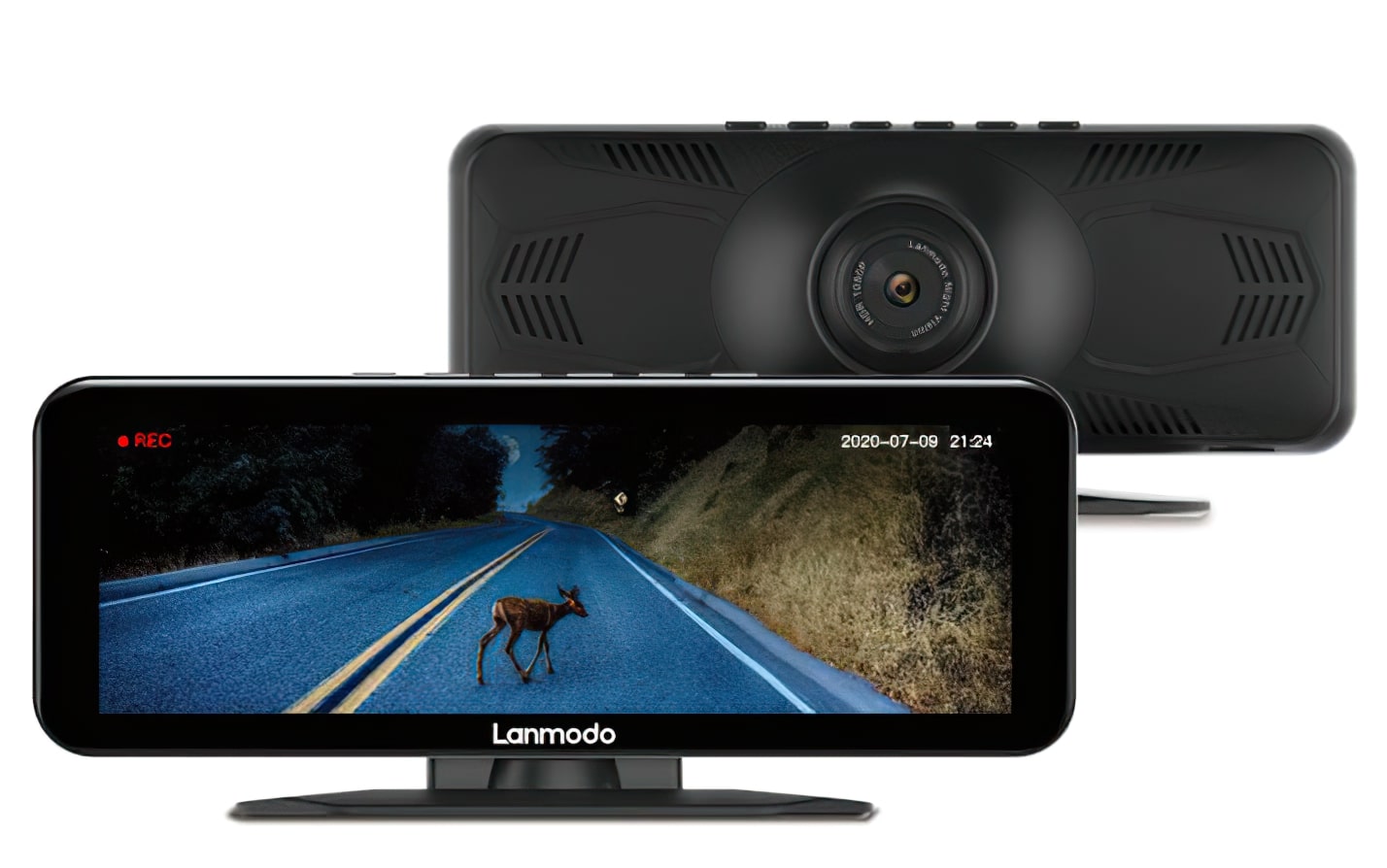
On paper, the AsRock X570 Taichi appears like a well-equipped X570 motherboard. All three of its PCIe x16 slots help the brand new, tremendous quick PCIe 4.Zero customary, as do its trio of M.2 NVMe SSD ports. It additionally comes with its personal screwdriver for simple meeting within the field, in addition to a number of M.2 screws and standoffs, an SLI HB bridge and 4 SATA cables. And but this £297 / $300 X570 mobo for AMD’s new Ryzen 3000 CPUs has one essential flaw. Its heatsink cowl can’t be indifferent from the primary motherboard, making it nigh on inconceivable to make use of with the one PCIe 4.Zero SSD accessible proper now, the moderately fats Gigabyte Aorus NVMe Gen4.
You may, after all, merely insert the Gigabyte with out its chunky copper casing, but when I’ve spent virtually £300 on this already very costly SSD, then I rattling properly count on to have the ability to use it correctly. As such, I wasn’t in a position to take a look at how the Gigabyte carried out with the AsRock X570 Taichi, as a result of I didn’t need the motherboard’s personal heatsink cowl dangling free inside my PC case.

The Taichi isn’t very sensible for SSDs that have already got their very own heatsink, as you may’t truly take away the heatsink cowl that comes with it.
It did, at the very least, put in a reasonably spectacular efficiency once I examined it with my common PCIe 3.Zero SSD, the WD Black NVMe, producing the very best random learn and write speeds I’ve seen out of all of the X570 boards I’ve examined to this point. The former is barely a few MB/s forward of its competitors, admittedly, coming in at 47.0MB/s, however the latter is streets forward at 178.4MB/s, placing it a great 10MB/s in entrance of the significantly dearer Asus ROG Crosshair VIII Hero (Wi-Fi) and Gigabyte X570 Aorus Master, and virtually 30MB/s forward of the marginally cheaper MSI X570 Gaming Edge.
I also needs to level out that the instruction guide does comprise a useful checklist of all of the SSDs the Taichi is, in reality, appropriate with, however that doesn’t take away from the actual fact it’s nonetheless a little bit of a bet for anybody with an present set of parts they merely wish to drop in and keep on utilizing.

The Taichi helps as much as 64GB of DDR4 RAM, with speeds starting from 2133-2933MHz by default, or up to 3466MHz when overclocked.
In fact, I wasn’t overly impressed with the AsRock X570 Taichi’s efficiency anyway. While its Geekbench 4.Three single core and multicore scores of 5083 and 32,328 had been just about consistent with the remainder of the X570 boards I’ve examined to this point, its PCMark 10 desktop end result was fairly a bit slower. Here, the Taichi managed simply 5692 total, whereas the others had been a great 1000 factors forward of it.
It additionally struggled to make a lot of an impression as a gaming motherboard, too. In Shadow of the Tomb Raider, for instance, it produced the slowest common body charge once I put it by means of the game’s inner benchmark on Highest at 1080p with its TAA anti-aliasing enabled, ending with 108fps. The different three boards, in the meantime, ranged between 109-111fps. The Taichi didn’t handle to shut the hole once I moved as much as 1440p, both, coming in with a median of 98fps in comparison with the 99-100fps outcomes on the Asus, Gigabyte and MSI.
In its defence, it managed to drag it again a bit in Total War: Warhammer II, and once I put it by means of the game’s inner benchmark on Ultra at 1080p it beat the Gigabyte Aorus Master into third place with its common of 106fps. It additionally managed to equal the MSI and Asus once I moved as much as 1440p, producing an equally nippy common of 94fps.
The Taichi did moderately properly in Assassin’s Creed Odyssey as properly, producing a median of 76fps on Ultra High at 1080p, and 67fps on Ultra High at 1440p. This places it simply forward of the cheaper MSI, and brings it extra consistent with the dearer Asus and Gigabyte.
However, one good end result isn’t sufficient to make the Taichi higher worth for cash than the £220 / $210 MSI X570 Gaming Edge in my eyes, particularly when its design makes it a little bit of a faff to make use of. The MSI can be the superior motherboard for basic desktop efficiency as properly, so that you may as properly save that additional £100 / $100-odd you’d spend on the Taichi and put it in direction of getting a greater graphics card or one other SSD you may truly use correctly.




